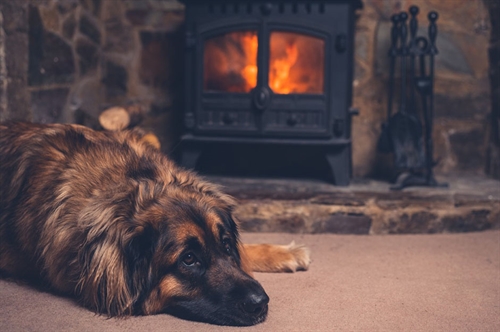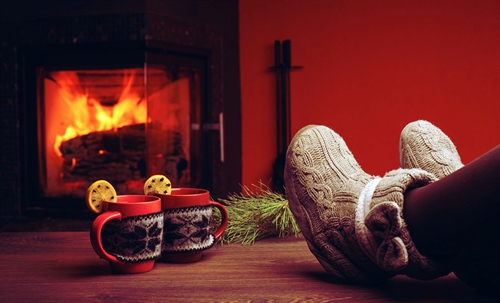Fuel & Money Saving Tips
 |
|How to heat your home sustainably
https://paradisefirewood.com11 Nov 2022
04 Nov 2022
What is the greenest home heating?
 |
|How to host the best campfire party
https://paradisefirewood.com04 Nov 2022
04 Nov 2022
Gather your guests round a log fire and make some memories
 |
|Where can I get help with the cost of living in Surrey
https://paradisefirewood.com06 Sep 2022
30 Sep 2022
A round-up of local resources to help with household bills
 |
|What’s the cheapest way to heat your home this winter?
https://paradisefirewood.com06 Sep 2022
06 Sep 2022
How does firewood measure up against gas, oil and electricity?
Useful information
Carbon-Neutral Energy Source
Despite the fact that it produces carbon dioxide, firewood is a carbon-neutral energy source – it may seem counter-intuitive, but in reality the logic is pretty simple. Throughout its life-cycle, a tree will absorb a significant amount of carbon dioxide and when the wood is burned, the absorbed carbon is released back into the atmosphere. This amount of absorbed CO2 during the lifetime of the tree is balanced by the overall amount of CO2 released when the wood is burned. Therefore, the carbon dioxide added to the atmosphere is effectively zero .
Using our sustainably harvested firewood to heat your home helps reduce the UK's greenhouse gas emissions. Firewood is being increasingly recognised as a practical, readily available source of “green” energy. Burning firewood releases no more harmful greenhouse gases than would be produced by simply leaving wood to rot on the forest floor.
Hardwood Vs Softwood
We recommend burning one of the many hardwoods that are available in the UK on a wood burner or open fire.
Hardwoods are generally more dense than softwood and therefore burn for longer and produce more heat. Hardwoods are also less resinous than softwoods and are therefore less likely to result in a build up of tar deposits in your flue, reducing its efficiency or increasing the risk of a flue fire.
Despite providing a more efficient fuel source, hardwood can be difficult to ignite from cold. Softwood kindling is therefore best used to get a fire started, the resinous and fibrous nature of softwood helping it to burn from cold. Once a fire is established and there is some heat in the base of the fire, it should be fuelled with hardwood to maintain a slow burning fire with a good heat output.
Softwood can produce a pleasing flame and a good heat output, but it will burn faster than most hardwoods, so you'll get through a higher volume in a shorter amount of time.
All wood should be seasoned before burning for the appropriate amount of time. Different woods have different initial water content, often determined by where a tree grows. Willow, for example, likes to grow in wet soils or besides water bodies, therefore the wood from this tree has a high water content and requires longer seasoning. Firewood should have a moisture content of below 20% at least for burning. The density of the wood also affects how long it needs to be seasoned for. Oak is a very dense wood and can take up to 2 years to season fully.
Kiln Dried Wood
Kiln dried and tested to give a low moisture content below 20%
All of our kiln dried wood can be burned straight from the bag. Due to the low moisture content kiln dried wood burns very well and is easier to light than seasoned wood. It is suitable for storing inside your home and is reasonably clean, dry and light. All of our wood is cut to suit average sized wood burners. It has a good heat output with little smoke. Insects and mould are removed with kiln dried wood and the wood can give around 30% more heat output than seasoned wood (depending on the length of the seasoning).
Seasoned Softwood
Our seasoned softwood is a cheaper alternative to hardwood
Seasoned wood has typically been stored from 6-18 months. The longer, the better. This is so a moisture content under 20% can be achieved. The ends of seasoned wood can look cracked, dark or grey in colour. This shows that the wood has dried out to a good standard and is ready for burning. Dry, seasoned wood weighs less than freshly cut wood. There should be no greenness on the wood and the bark should peel easily.
Seasoned wood burns cleaner, faster and more efficiently than wet and green wood.
All our wood is sourced from properly managed woodlands and estates.
